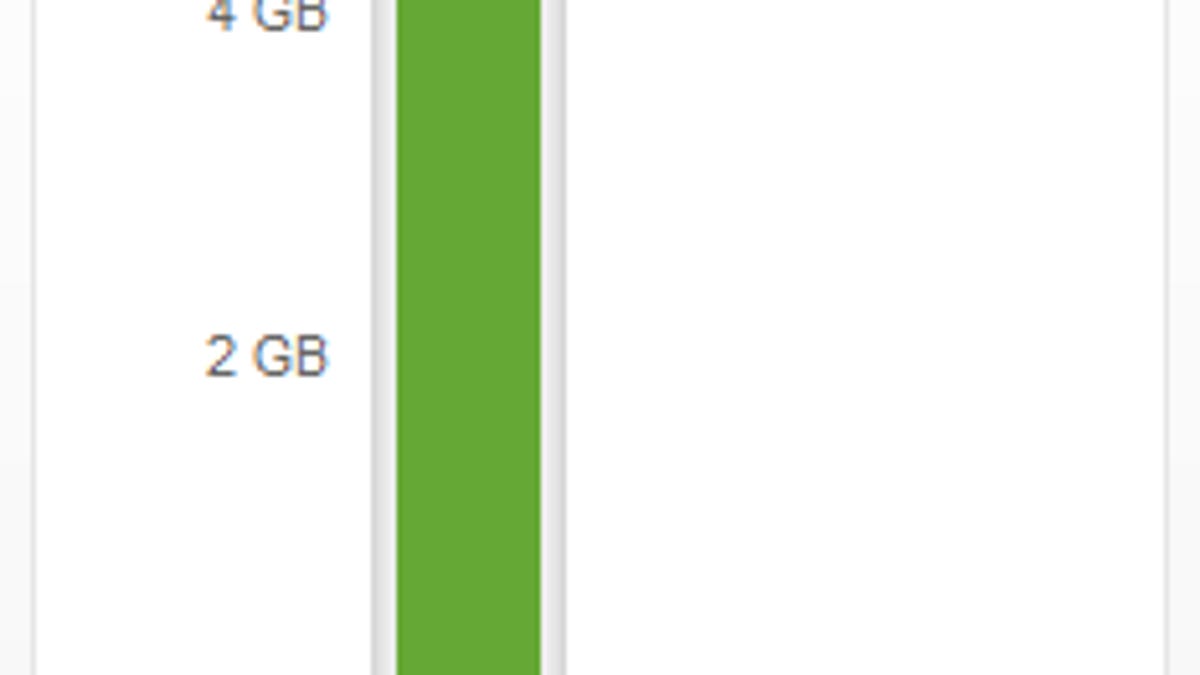Avoid a sky-high bill by tracking your Verizon data use
Verizon gives current and potential customers plenty of tools to monitor data usage. Unfortunately not one them dulls the pain that comes with overage charges.
Verizon Wireless didn't make many friends earlier this week when it confirmed that staring today, it will end unlimited data plans in favor of tiered options based on data usage.
Though current customers will be grandfathered in with unlimited data, the change may be more than a little confusing for new subscribers eager to trade up to their first smartphones. Forecasting how much data you need is difficult to do on your own, especially with no prior history. What's more, knowing how much data a certain app uses requires a bit of sleuthing on your part.
Thankfully, Verizon offers a number of tools to help put users into the right data add-on. All customers can dial #DATA on their handset to see their usage, while most Android and Blackberry users also can download the Data Usage Widget. And of course, seasoned Verizon customers are probably already familiar with the My Verizon Mobile service.
With tools like this it can't be all that scary, can it? Actually, you bet it is. I spent a few minutes playing around with a fourth tool in Verizon's Data Usage Calculator. Designed to get a feel for how quickly one might chew through bandwidth, it calculates how much data usage based on e-mails sent, Web sites visited, as well as music and video streaming.
I was shocked to learn that watching roughly one hour of high-resolution video per day will put me at 12GB of data. And that's without e-mails, Web browsing, or anything else. Even something as innocuous as letting your child watch YouTube videos could result in massive charges.
Just consider this: Many Android devices come with one or more preloaded applications like Blockbuster, Netflix, and Samsung Media Hub that are designed specifically to deliver movies or television shows. The apps are nifty, to be sure, and carriers have haven't been shy about promoting them.
Yet, think carefully about the costs they can entail. Most movies, for example, are 90 to 120 minutes long, so you could wind up using 24GB of data from watching one movie per day. And at an overage rate of $10 per gigabyte, we're looking at $140.00 in extra charges. Oh, and you want to buy a family plan with multiple smartphones? Come right in, and pull up a seat!
Jumping to low-resolution video will cut things in half, but users could still exceed the 10GB cap. And really, who wants to waste a qHD display on low-res video? Plus, when you toss in an hour of Pandora every day, that's another 1.17GB of data.
It's jaw-dropping to consider how much revenue will come as a result of these new changes. But sadly, Verizon is just the latest provider to switch over to usage-based (not tiered!) plans.
So...are you still thinking about jumping to Big Red for that Droid 3?


